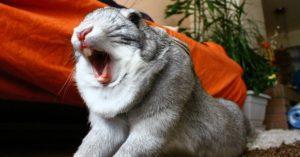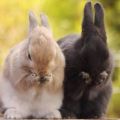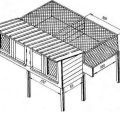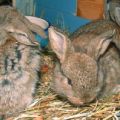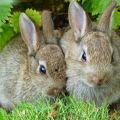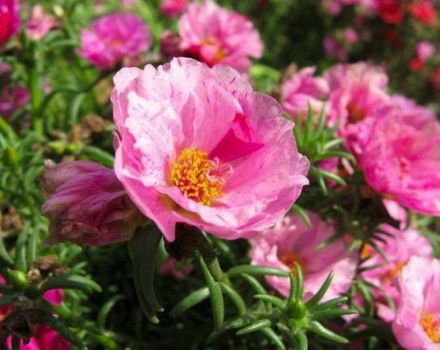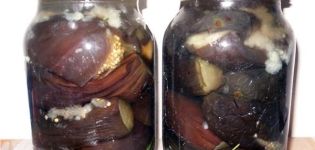What hay and straw is best for feeding rabbits and the rules of introduction to the diet
Hay and straw for rabbits are natural components of complete feed. To breed healthy animals, you need to monitor their activity and appetite daily, which directly shows the quality of the conditions of detention. Adding hay to food helps rabbits digestion, significantly improving intestinal permeability and nutrient absorption.
Can rabbits be given straw?
Unlike hay, straw is a hollow, tough plant stem. Chopped straw is used in feeding to provide rabbits with coarse food elements, in other cases the material is used for bedding in cages.
Straw is a poorly nutritious food that rabbits do not like and cannot replace hay in the diet due to its low protein, fat and carbohydrate content. Nevertheless, the product contains a large amount of fiber, which is necessary for the prevention of diseases of the gastrointestinal tract and the complete assimilation of the main feed.
In modern farming, three types of straw are used to feed rabbits:
- Wheat.
- Barley.
- Millet.
The presented species are distinguished by the necessary qualities for effective additional feeding of rabbits.

Wheat
Wheat straw is the most common type of food material. Parts of winter wheat are used to feed rabbits, since it contains a large amount of fiber and vitamin D. The nutrients contained in straw help to improve the condition of the musculoskeletal system and have a beneficial effect on the metabolism of animals.
Barley
Barley straw is significantly more nutritious than wheat straw due to the content of crude protein, iron and manganese. Top dressing of this type has a good effect on the circulatory system of animals and promotes weight gain.

Millet
Millet straw has a good effect on the active digestion of the wards due to the content of useful nutrients. Millet feeding is characterized by a high content of potassium, manganese, carotene, favoring the full growth of industrial species and supporting the immune system of animals.
Contraindications
Straw is contraindicated if:
- rabbits are less than 6 months old;
- revealed gastrointestinal disorders;
- infectious diseases spread in the rabbit farm;
- there is an excessive amount of hay in the diet of the wards.
Straw feeding is introduced gradually, from 5 to 25% of the total food volume, with a gradual increase in concentration.

Which hay is better
Unlike straw, hay not only aids rabbit digestion due to its fiber content, but is also very nutritious. The rabbit itself can help in choosing the components for the blanks, but a person needs to make sure that the feed is varied and enriched with useful substances.
Composition depending on the preferences of the rabbits:
- To enrich the feed with vitamin D, add rhubarb, dandelion, lupine, burdock, yarrow, plantain, nettle, wild sorrel.
- Alfalfa, clover, wheatgrass are mixed into hay for females during the feeding period and young individuals.
- For a general therapeutic effect - shepherd's purse, wild dill, chicory, mountain ash.
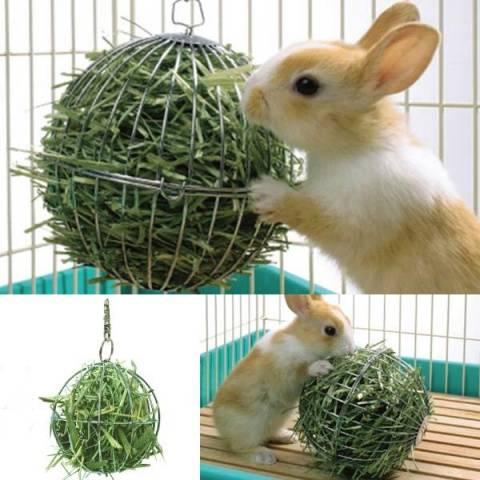
Storage conditions have a particular impact on food quality. Do not allow dampness, mold or freezing of food.
How to feed your rabbit with hay
The amount of feed required for one rabbit differs depending on the age. Some owners believe that the daily amount of hay is equal to the weight of the animal. According to the age scale, the amount of feed is given by:
- 100 grams - from 1 to 3 months;
- 200 grams - from 4 to 6 months;
- 300 grams - from six months.
It is also worth paying attention to the gender and breed of the rabbit and its individual nutritional characteristics. On average, harvesting for 1 adult requires up to 60 kilograms, and for a female with offspring - from 120 kilograms of feed.
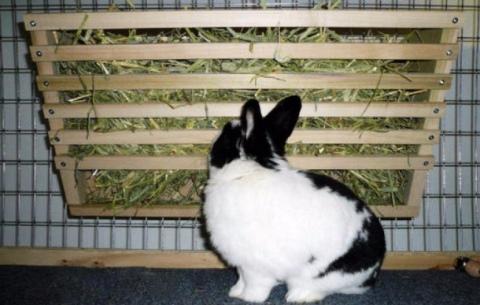
What to do if your rabbit isn't eating
Despite the fact that hay is a natural part of the diet of rabbits, animals can refuse food. Why not eat:
- don't like the taste;
- excess nutrition of grain or industrial feed.
Most often, owners of decorative breeds of animals face this problem.
To teach rabbits to plant food, you need:
- Replace the product (switch to another brand).
- Leave complementary foods in close access of the animal.
- Place a special feeder - sennik.
- Build hay toys to increase interest.
- Add a little dill, fennel, or basil for flavor.
- Reduce the volume of other feed.
- Grind the hay when switching from soft foods.
- Stir in bran.
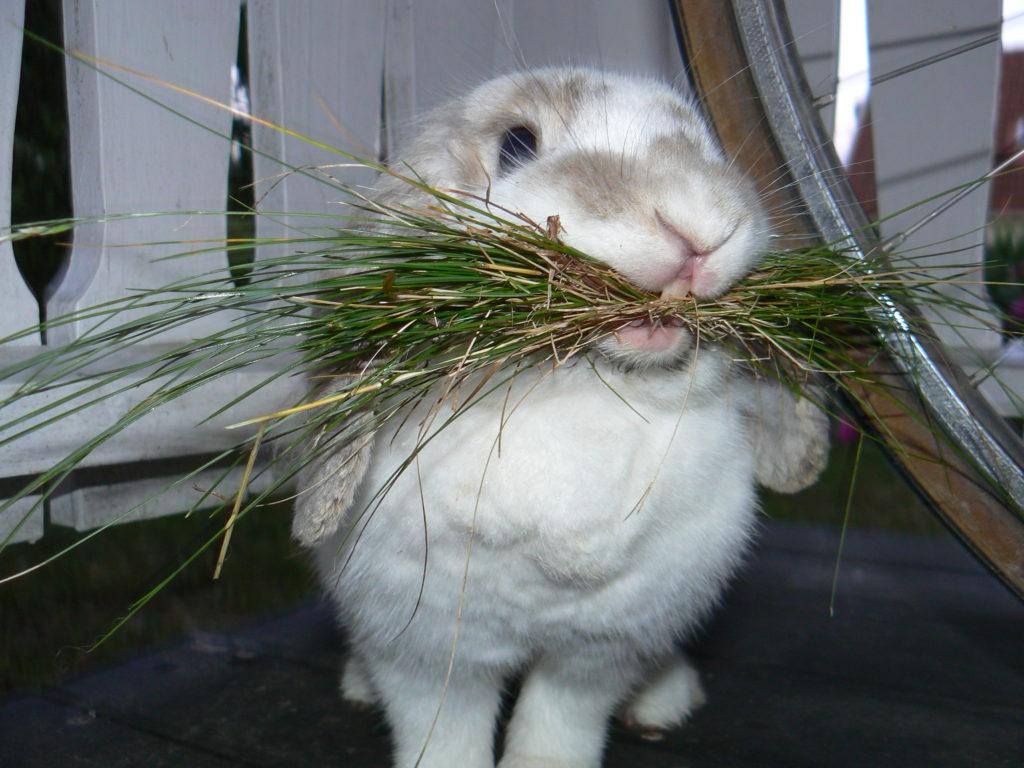
Regardless of the species, all pets have conservative food choices and have a hard time adapting to new options.
Important! If the rabbits did not eat hay right away (taking into account the high quality of the food), it is not worth chewing, soon the animal will taste the herbs and switch to a new food.
What hay is forbidden to give
When making hay for rabbits, it is important to pay attention to the natural characteristics of the plants, as the ingress of poisonous grasses can undermine the health of the animals. The blanks should not get:
- cicuta;
- celandine;
- colchicum;
- henbane;
- buttercup;
- hemlock;
- cheremitsa;
- marsh marigold;
- digitalis;
- lily of the valley;
- larkspur;
- spurge;
- dope;
- wormwood (Chernobyl);
- raven eye;
- lumbago;
- wild radish.

If there is no complete confidence in the safety of a plant for animals, it is better to refuse to add it to hay.
In addition to toxic plant crops, dry plants are not taken for food:
- collected not far from the places of discharge of chemical waste, motorways;
- with signs of dampness, mold, freezing;
- with slugs (due to the danger of infection with helminths);
- the storage time of which exceeds 1 year.
If the appearance of the hay deteriorates during storage and signs of dampness appear, it must be disposed of.
